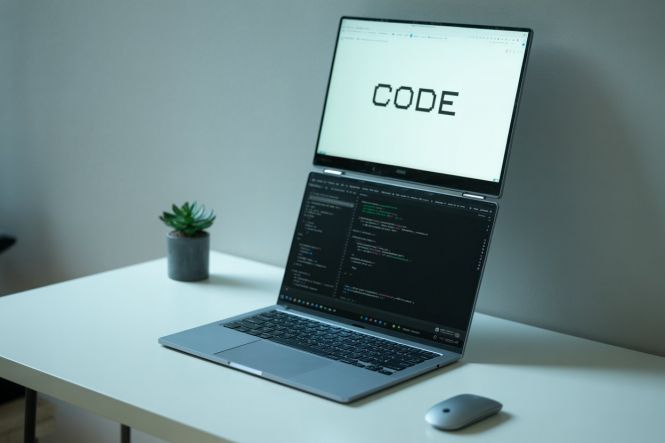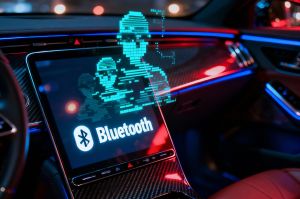 Dual-screen laptops: pros and cons, plus history
Dual-screen laptops: pros and cons, plus history
Even when you don’t really need a new computer, it’s soothing to consider some options, right? Get updated on what’s trending in the hardware market, take a closer look at some lines you’ve been eyeing for some time now, be pleasantly (or unpleasantly) surprised with the prices on those items that fit your bill 100%...
How about actually going beyond the typical frames and looking at something different? Like a dual-screen laptop. If you’re like most of us, this sort of device may have never been on your radar. And yet, portable computers with two displays are a real thing, a product with its own niche and a growing number of use cases. Let’s see what they are about, and maybe the next laptop you buy will have more than one screen.
The history of dual-screen laptops
Dual-screen devices were probably used in the military or other non-public domains in the last decades of the previous century, but the earliest commercially available models appeared only in the early 2000s. They were more of a conceptual and experimental product, like the Xentex Flip-Pad Voyager (2003) and the Estari dual-screen tablet PC. None of them actually got any traction on the market back then, partly because they were bulky and too bizarre for a regular consumer.
In the late 2010s, the idea of a secondary display was picked up by mainstream manufacturers. The most notable example from that period is ASUS ZenBook Duo series, the models of which had a smaller second screen above the keyboard.
In the 2020s, dual-screen laptops finally gained momentum. Both the display and battery technologies advanced sufficiently to allow slimmer and lighter designs of such devices, and we, the consumers, began to see them as usable, not just curious. By 2023, major brands like Lenovo and ASUS were releasing dual-screen laptops on par with regular models.
Pros and cons of dual-screen laptops
If you can’t think of a scenario in which you may need a dual-screen laptop, just recall that colleague from work who had two displays on the desk and was happy about it, even when one of them was used only to monitor news, crypto rates, and weather.
So, on the bright side, dual-screen laptops deliver and enable:
- enhanced productivity through efficient multitasking, like when you have the editor on one screen and some reference material on another;
- better workspace organization through the possibility to logically position several apps and have them all in sight simultaneously;
- more space for larger works like massive drawings and models, or side-by-side comparisons;
- customizable setups of screens, from regular laptop layout through tablet to tent, book, or a vertical stack;
- entertainment and work in parallel flows, with a sports game launched on one screen and that very important meeting on another.
The downside? Here are some points.
- Higher cost: dual-screen laptops are significantly more expensive than traditional single-screen models.
- Weight and volume: the extra display adds weight and thickness, which impacts portability.
- Shorter battery life: obviously, two screens drain the battery twice as fast as one, so even the high-end models rarely promise more than four or five hours in the full-on mode.
- Software compatibility. Some applications may not scale well or take full advantage of the dual-screen setup.
- Ergonomics. While it’s cool with displays, keyboard and touchpad positions may raise eyebrows and take some getting used to.
So, all things considered, a dual-screen laptop is likely a thing that grows on you, and even if you don’t find real use for the second display right away, using it as a secondary (to monitor things, watch something in the background, etc.) will surely soon become a habit.
Do you have any experience with dual-screen laptops? Share it with us in the comments, please!



